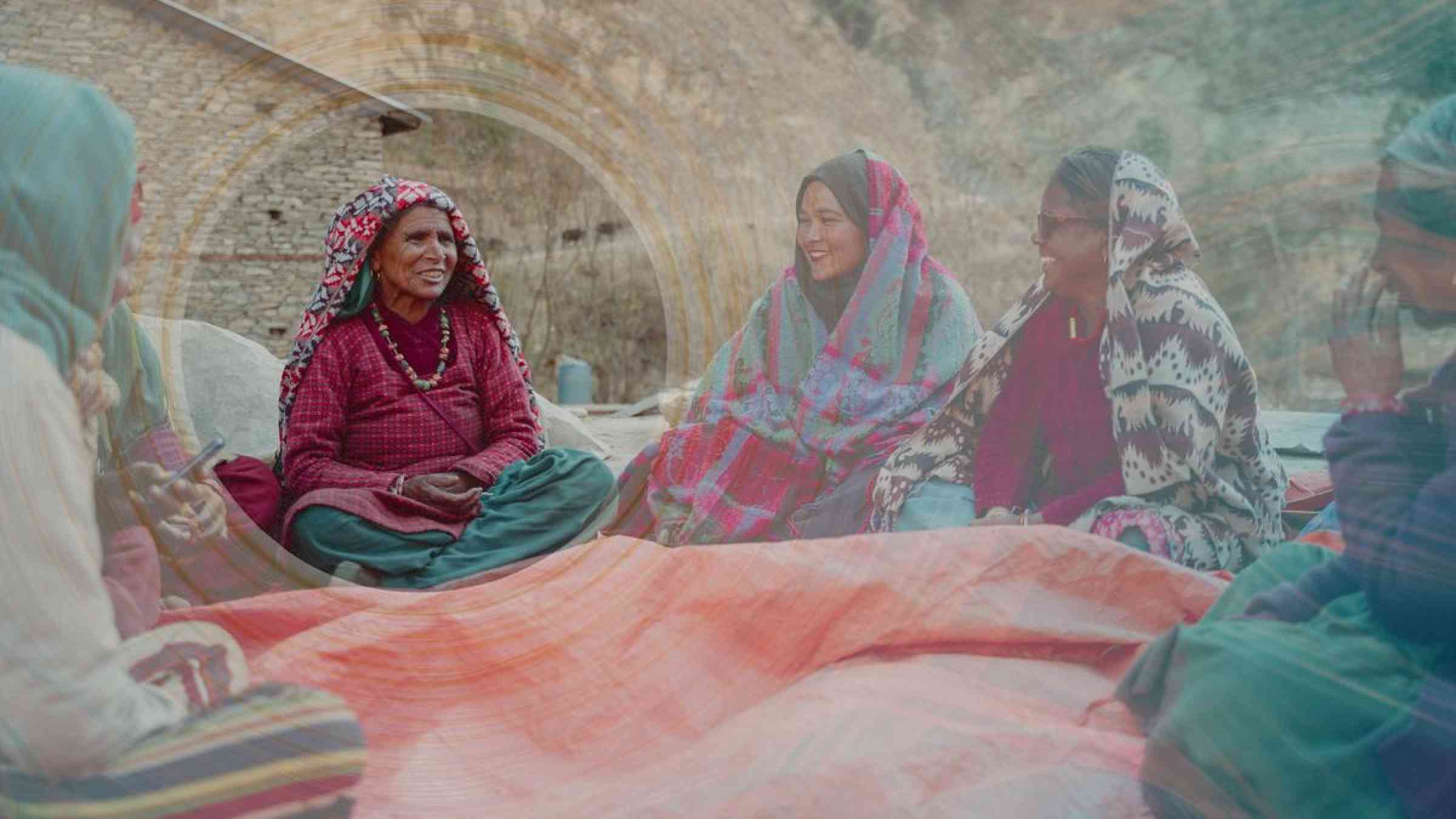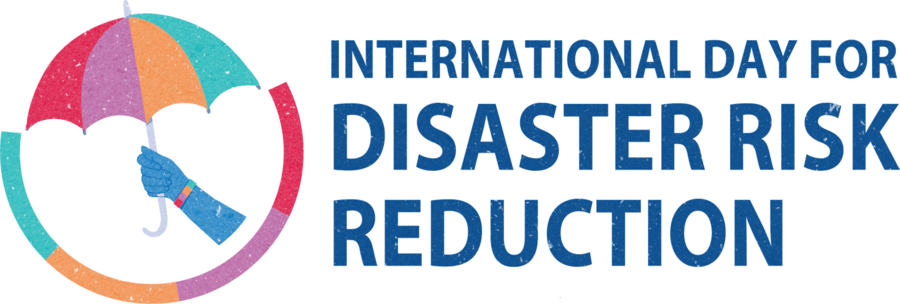Listening to missing voices for more inclusive disaster risk reduction

Inequality is exacerbated by disasters
The theme for the 2023 International Disaster Risk Reduction Day – fighting inequality for a resilient future – emphasizes that disasters are not equal in the way they affect people. Disasters have differentiated impacts and can exacerbate pre-existing inequalities.
Existing gender norms and social inequalities related to status, power and resources result in some people being worse affected – including women, girls, elderly people, LGBTQIA+, and people with disabilities.
Marginalized people are missing from the data
These marginalized people are often those missing from mainstream data gathering methods and decision-making processes. Researchers and practitioners face significant challenges in reaching marginalized groups, and at the same time, marginalized people face significant barriers to participating in essential activities such as surveys, questionnaires, and focus group discussions.
I have never attended any trainings or meeting regarding disaster preparedness. I never though I would benefit from them, or others could benefit from my contribution to them. If that was the case, I think, I would have been asked to participate, no?
– young woman with visual impairment, far-west Nepal
This means marginalized peoples’ needs are often not heard or addressed, and their skills and experiences are not used to inform disaster risk management. When interventions are based on findings from data collection and research methodologies that fail to consider the heterogeneity within communities, they also risk perpetuating these inequalities and divisions.
When the jeering and taunts continued for days… I sometimes though about jumping into the water and ending it all once and for all
– Champa, transgender woman, western Nepal
We need to find data collection and research methods beyond approaches aimed at capturing “majority” perspectives, so we can proactively reach out to listen to groups or individuals who have less power and less social.
Using the Missing Voices Approach to proactively listen to the most marginalized
Practical Action has developed the Missing Voices Approach to address these challenges. The approach involves proactively listening to the experiences of marginalized individuals to inform DRR policies and practices that affect their lives.
The five-step approach centres on building trust and actively listening to marginalized voices in a way that prioritizes anonymity, privacy, and confidentiality:
- Step 1: Identify which marginalized or vulnerable sub-groups (beyond the headings of 'women', 'children', 'elderly people') are not centred in current disaster and DRR analyses and plans.
- Step 2: Outreach to individuals facing multiple areas of marginalization or vulnerability, working in partnership with trusted intermediaries where trust or or access is an issue.
- Step 3: Targeted exercises of listening to the the experiences of individuals facing, multiple intersecting marginalization on differential impacts, needs or opportunities.
- Step 4: Proactive listening (in partnership) to identify and reduce differential impacts.
- Step 5: Ongoing engagement and feedback loops to ensure marginalized or vulnerable people are centred in DRR policy and practice, so that no-one is left behind.
The Missing Voices Approach is specifically designed to listen to those who are less heard and use that insight to shape the decisions that affect their lives. It provides a safe, private space for people to openly share their experiences, allowing people to be more comfortable to share experiences that might be considered taboo, shameful, or embarrassing in their culture.
It takes an intersectional approach – going beyond binary considerations of gender, as well as understanding nuances within vulnerable groups.
When we evacuated it was difficult for me, not only to leave my belongings by because the road is unsafe. One of my feet was cut with a piece of glass. I cried but it was not because of the pain but to leave all my things… But it was not possible anymore and I had to send my children to my mother because my only daughter was sick with dengue and I could not provide the care she needed
– 33-year-old woman who is blind, with three children, Piura, Peru
The focus on first-person narratives gives nuance to big-picture issues, and delivers concrete and clear examples from real people. Their narratives offer insights beyond datasets that focus on ‘what’ (e.g. labelling groups) and ‘how many’ (e.g. counting how many women are in displacement camps) to generate evidence and a deeper understanding of ‘how’ and ‘why’. These stories can be useful for advocacy purposes targeted at stakeholders with power to influence change, as they give human connections and understanding beyond statistics and numbers.
By actively seeking out marginalized people, and working through genuine partnerships with trusted intermediaries, the Missing Voices Approach can create new information to inform policies and practices, addressing the gaps in how vital services are delivered to those who need them most.
Impact and insights from the Missing Voices Approach
In partnership with the Zurich Flood Resilience Alliance, this approach has been used in Peru and Nepal to understand challenges and barriers to people’s access to early warning information. The research and insights were used in the development of a gender checklist for EWS.
A review of gender and age inequality of disaster risk for UN Women and UNICEF highlighted the significant gaps in quantitative data related to disaster impacts used to inform DRM policies and practices. The Missing Voices Approach was used to provide nuanced insights into the differentiated short, medium, and longer-term impacts from floods, hurricanes, droughts and earthquakes for case studies in Malawi, Nepal and Dominica.
We went hungry for days. Sometimes neighbours would give us a pumpkin…. I got what was left after my uncle and his big family had eaten…. My own education was disrupted twice after droughts. My uncle said he could not afford to pay my fees at a time when he could not even feed his own family.
– 19-year-old woman, Malawi
The approach was also used to understand gendered and marginalized differences between hazard types and geographies to inform Start Network’s design of disaster risk finance programming, with case studies from Bangladesh and the Philippines.
The ASEAN Australia Smart Cities Trust Fund programme funded a project to use the Missing Voices Approach in the development of Baguio City’s smart flood early warning system, influencing a gendered action plan for the City EWS stakeholders.
We did not have anything to cook food with. There were also no places for bathing… water was either in short supply or not good for bathing because it was dirty.
– woman, Baguio City, Philippines
Find out more and apply the approach yourself
The Missing Voices Approach Manual provides step by step guidance on how to implement the approach to capture first-person perspectives of marginalized people to inform disaster risk management.
Practical Action welcomes feedback to continually improve the approach and learn from experiences of applying the approach in different contexts.
Download the Missing Voices Approach Manual
Dr Mirianna Budimir is the Senior Climate and Resilience Expert in Practical Action. Her work at Practical Action includes improving the science-practice interface on topics such as disasters, early warning services, end-mile communication, gender, and international development.
